Canada Thistle
Information
Cirsium arvense - Asteraceae Family - Creeping perennial
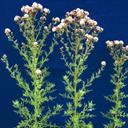
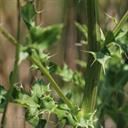
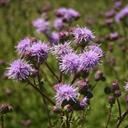
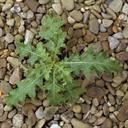
Identification
- Flowers: Plants have numerous small, compact (3/4 inch), rose-purple or white flowers.
- Seeds: Each plant may produce 1,000 to 1,500 seeds per flowering shoot. Generally, vegetative reproduction from its root system contributes to local spread and seed to long distance dispersal.
- Leaves: The 3-4 inch long leaves are deeply divided with prickly margins.
- Flowering Time: Plants begin to flower in late spring in response to 14- to 16-hour days.
- Life cycle/ other: Canada thistle is a creeping perennial that grows 2-5 feet tall. Canada thistle is distinguished from other thistles (Cirsium spp.) by its deep-running perennial rootstocks, more slender stems, and small compact heads
Impacts
- Canada thistle invades crops, roadsides, pastures, ditch banks, riparian areas, and wetlands.
- It is difficult to control because of its extensive creeping root system that allows it to dominate an area quickly. Horizontal roots may extend 15 feet or more and vertical roots may grow 6 to 15 feet deep.
Control
Most effective control methods
- Control can be difficult because the plant colony can recover from control attempts. Persistence is imperative so the weed is continually stressed, forcing it to exhaust root nutrient stores and eventually die.
- Combining control methods is the best form of management.
- For small infestations the best method for removing infestations are digging them out by hand.
- For larger infestations the use of herbicides such as Tordon or Milestone, in the spring for 1-2 years, can be effective.
- Several biological control agents are available and can be effective when used in combination with chemical and cultural controls.
Control Methods and timing
Prevention (Prev) Monitor and destroy new plants before seed production.
Mechanical (Mech) Hand pulling, digging, cutting, mowing and tilling.
Cultural (Cult) Biological control agents, livestock grazing, and revegetation practices.
Chemical (Chem) Selective herbicides based on the plant and the specific location. Check our weed fact sheets for specific control information.
Large Images
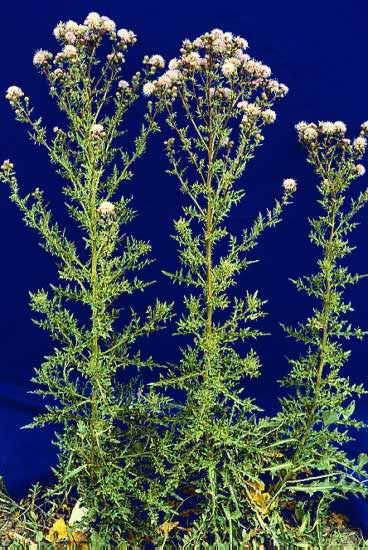
Canada thistle: plant
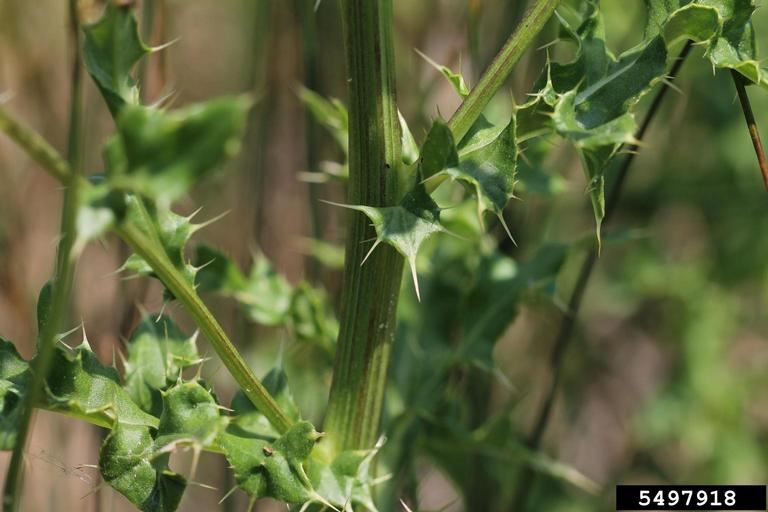
Canada thistle: stem and foliage
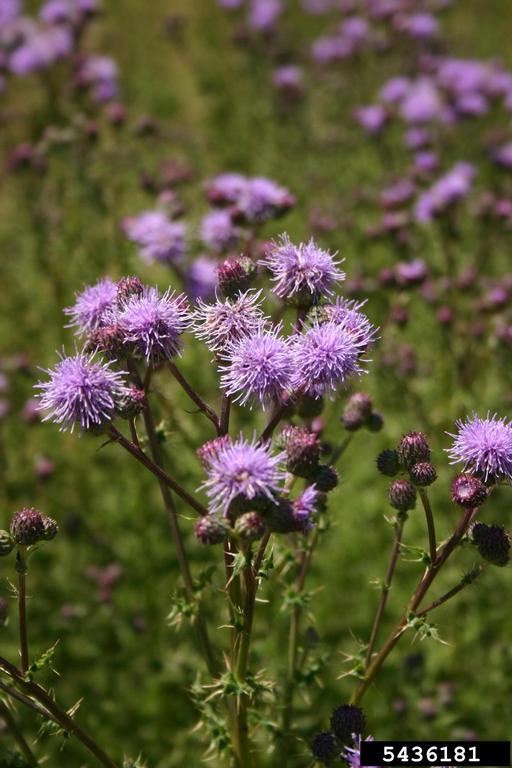
Canada thistle: flowers
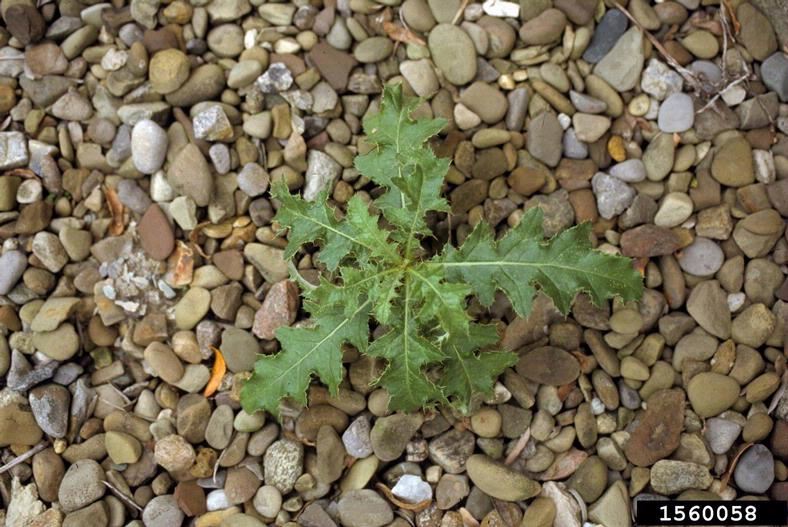
Canada thistle: seedling
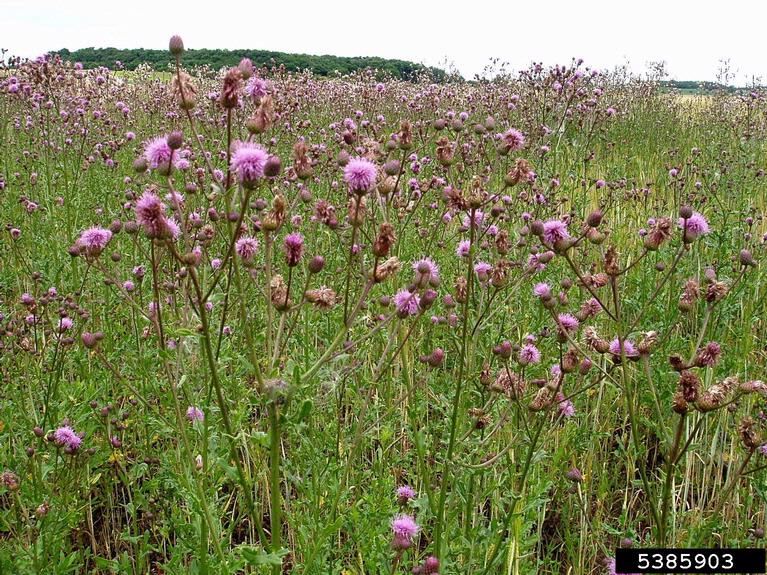
Canada thistle: infestation
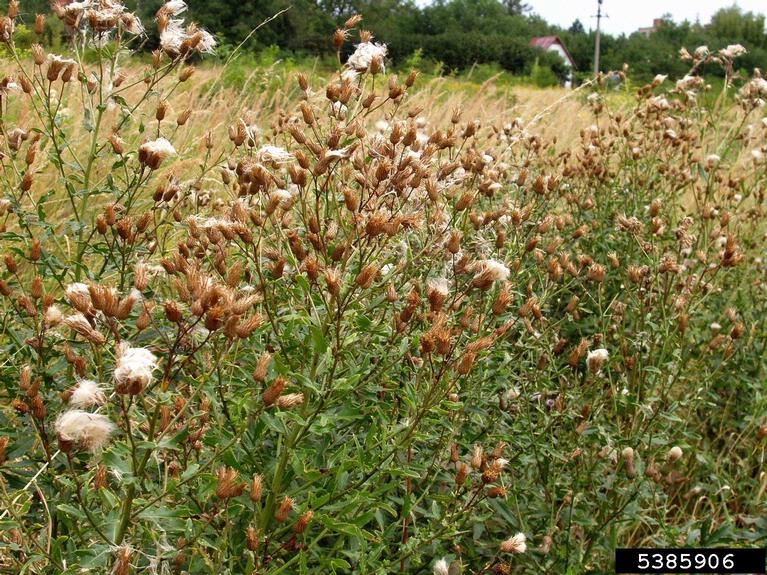
Canada thistle: plants going to seed
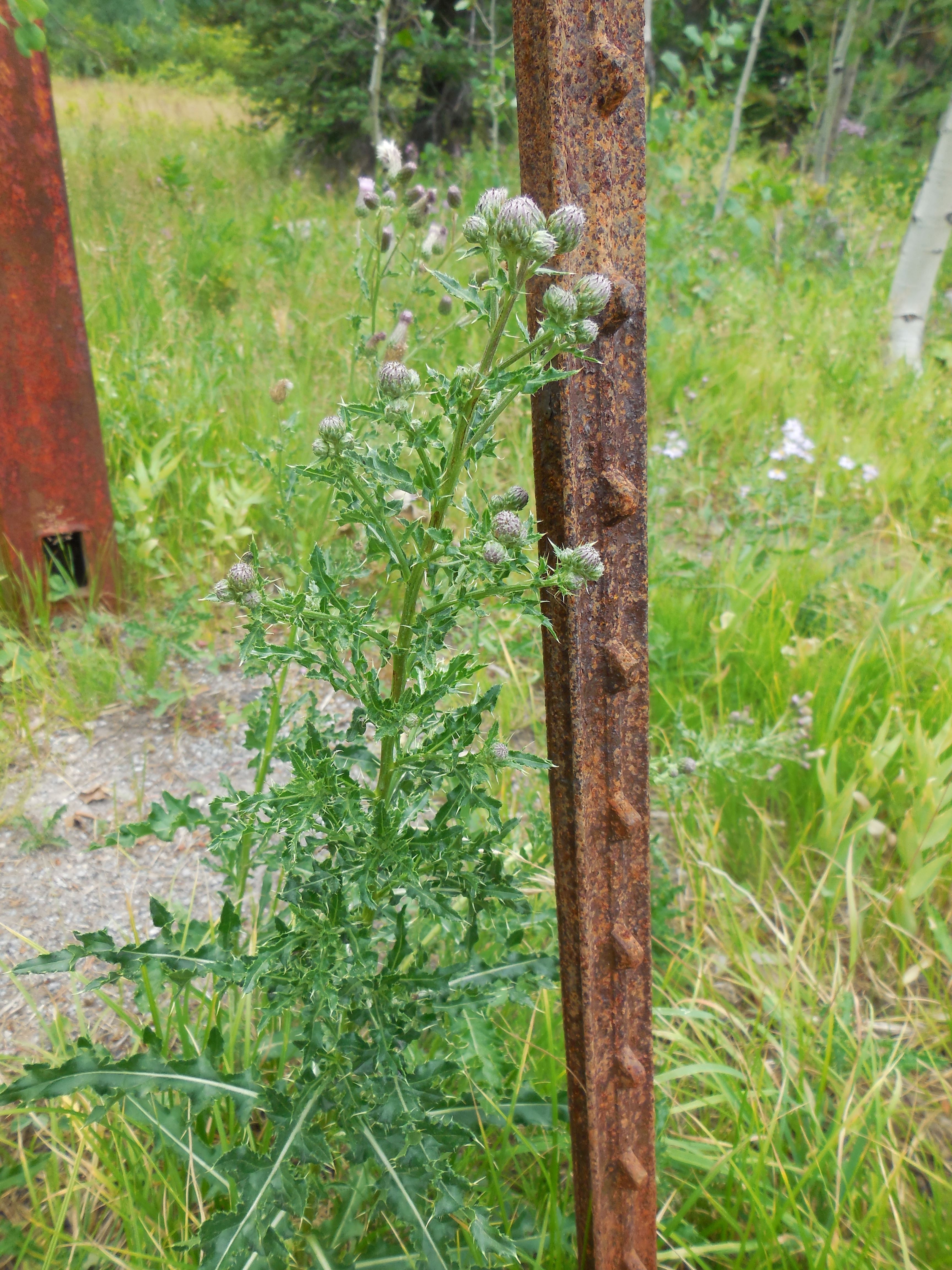
Canada thistle plant in Spruces Campground, Big Cottonwood Canyon
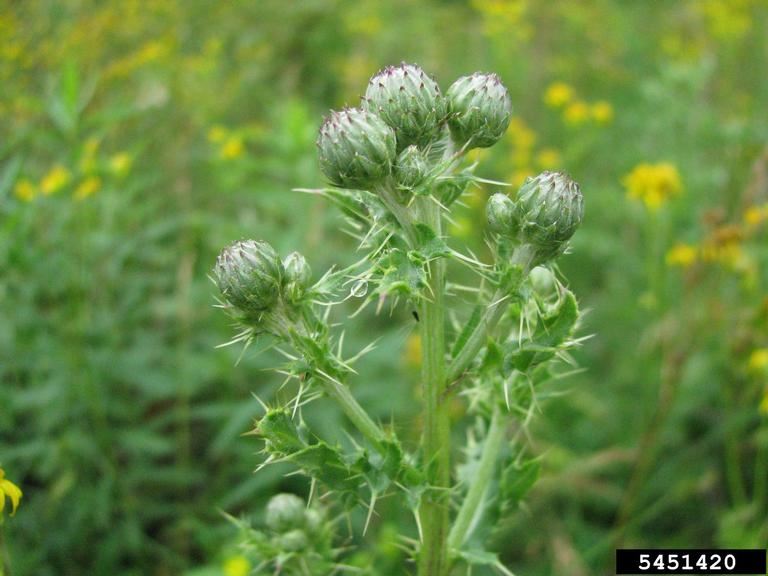
Canada thistle: inflorescence
Resources
-
References
Beck, K.G. (2013, November). Canada Thistle. Retrieved from http://extension.colostate.edu/topic-areas/natural-resources/canada-thistle-3-108/ View PDF
Colorado Department of Agriculture. (2015, July). Canada thistle identification and management [PDF file]. Retrieved from https://www.colorado.gov/pacific/agconservation/canada-thistle View PDF
Colorado Weed Management Association. Canada thistle. Retrieved from https://cwma.org/weed-information/weed-list/canada-thistle/
Duncan, C. (2018, February 28). Canada thistle management with herbicides. Retrieved from https://www.techlinenews.com/articles/2012/02/16/canada-thistle-management-with-herbicides
Gover, A., Johnson, J., & Sellmer, J. (2007) Managing Canada thistle [PDF file]. Retrieved from https://www.nrcs.usda.gov/Internet/FSE_DOCUMENTS/nrcs142p2_018027.pdf View PDF




